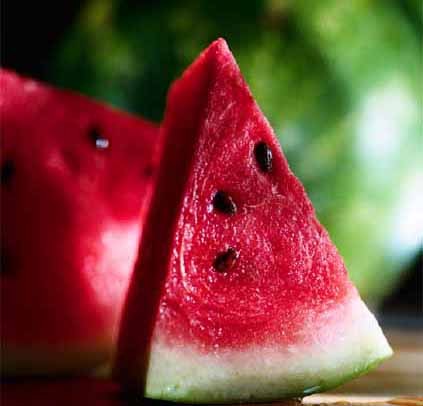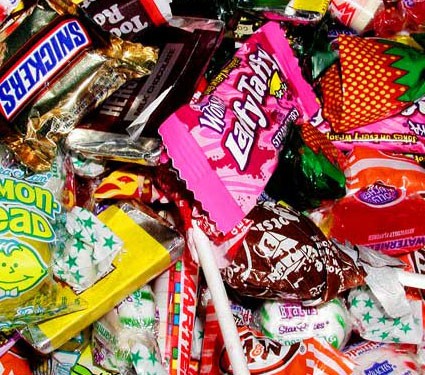There’s been a lot of commotion lately about the glycemic index. If your foods have a high GI score, then they’re bad, a lower score is good. First of all, I have no idea what that means. Secondly, when I think of glycemic anything I immediately think of diabetes, therefore ignore it (I don’t have it..so why worry right?). I was curious what a high/low GI number actually meant and the effects it can have on your body, if any. So, here’s a bit of a breakdown on the glycemic index:
The glycemic index is basically a ranking of carbohydrates according to their effects on blood sugar. The higher their number, the quicker they are absorbed in your blood stream which spikes your blood sugar giving you that surge of energy, which of course is followed by a crash. Foods with a low GI score are encouraged since they are absorbed slower, therefore producing only small fluctuations in blood sugar. With regards to weight loss, they’re also believed to keep you full longer unlike higher GI foods. This could very well be because they happen to also be higher in fiber.
Carbohydrates are given a number between 0 and 100. The closer the number is to zero, the less impact it has on your blood sugar. Foods within 0 to 55 are considered low, 56-69 are medium, and 70-100 are high GI foods.
Low:
Broccoli- 15
Grapefruit- 25
Apple- 38
Whole Grain Bread- 50
Sweet Potato- 54
Medium:
Oatmeal- 58
Cheese Pizza- 60
Spaghetti- 61
White Rice- 64
Table Sugar- 65
High:
White Bread- 71
Watermelon- 72
Rice Cakes (white)- 78
Jelly Beans- 80
White Potato- 85
Really? Watermelon? I’m not sure I’m willing to give that up because it has a high glycemic number…

(source)
From what I understand, if you’re training hard (running, exercising, etc.) then immediately eating foods with a high GI number, its’ effects are not bad because your body is using those carbs for energy. But if you consume them later (high GI foods), your body doesn’t use them, therefore the carbs are transferred to fat cells for later use (which is no good).
The thing about the GI is that it gets confusing. The GI number of a food can change when it’s cooked or even just getting riper, like in the case of a banana. The ripper a banana, the higher the GI score. Also, some well known not good for you foods have lower GI scores than healthier options. For example, a Snickers bar has a GI score of 55 but we all know those certainly aren’t healthy for you. Since things can get a little unclear, you basically have to use your head.

(source)
I definitely feel like I notice a difference when I eat foods with a high GI number, i.e. candy, white breads, etc. I feel like my heart rate is up but never understand why (I usually freak myself out somehow thinking I’m having a heart attack). In a way though, none of this is really news. We all know eating wheat bread is better than white. But I guess it’s interesting to see how certain vegetables and fruits stack up. Some might be a better choice than others if you’re trying to lose weight?
If you’re interested in eating lower GI foods, here are a couple ways you can start (source):
- Use Half and Half instead of milk in your coffee. That’s interesting to me because on the other hand, if you were watching your calorie intake, you’d probably choose milk. Hmm…
- Eat whole wheat pasta instead of regular.
- Eat 100% whole wheat bread.
- Eat breakfast cereals that are made of oats, barley, or bran.
- Eat sweet potatoes instead of white.
- Eat fruit instead of drinking fruit juice.
- Eat popcorn instead of pretzels or chips.
- Have some soybeans or nuts for a snack.
I really don’t know much about the GI scores — I remember my dad talking about them when he tried eating on the Zone diet (I think that is the one that talks about GI scores).
I honestly had no idea about anything Glycemic related (and I related it to diabetes too and therefore ignored it!) Thanks for this post… I’ll definitely be making the swaps you mentioned!
I have heard that non fat milk is actually not a good choice for this reason – there is no fat in it to balance out the sugars! So interesting!